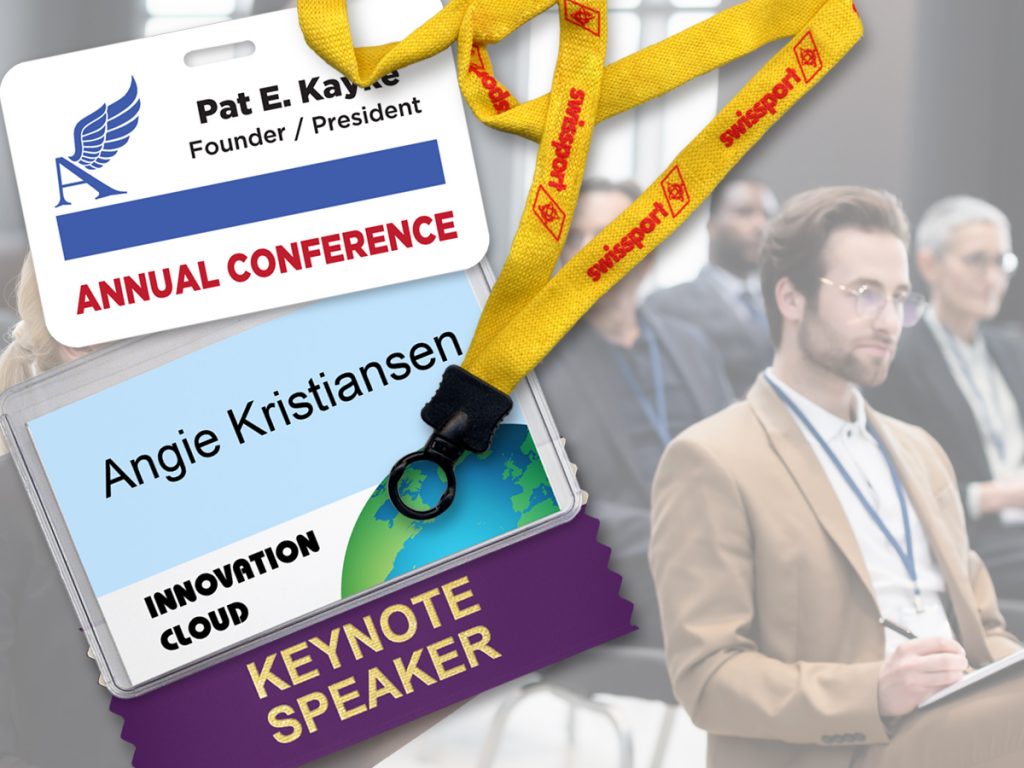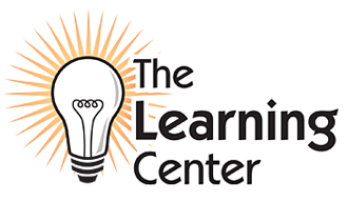Attending a professional conference provides an unmatched opportunity for attendees to build networks, strengthen their work ethic and get new ideas for the workplace. They also give employees a way to get out of the office and increase employee morale. As a result, these face-to-face events continue to make lasting and sizable contributions to any work environment.
From choosing the perfect venue and catering the menu to finding the best speakers, no matter your needs for hosting the best conference, look no further than right in the mirror. Yes, you can plan and carry out a successful event. And here are some easy-to-follow steps to get you started.
1. Objectives and Goals
When you decide to hold a conference, the first thing to do is to figure out the conference objective and set your intended goals. Why would you make the time and effort to plan this type of event without a purpose? You would just be wasting your time and resources.
So, define that objective. It can be anything from informing attendees about the latest tech gadget to helping colleagues learn the best way to write an interoffice email. Not only should your conference have goals but remember that your attendees will also have their goals and expectations for the event. Most people say they attend an event to gain knowledge or increase skills.
One of the best ways to find a conference objective is to ask those around you what they need. Find something that only you can offer and take it from there. And remember that it can start small. A small idea can find a greater purpose.
2. Conference Location and Venue
Three words: remember your audience. Now is the time to consider who will attend your conference. Plan everything with the needs of your attendees at the forefront, and you will be sure they will get a lot of new information and actionable ideas from the conference.
Find a location that supports the number of people invited and has a comfortable environment for your attendees. Be sure that any necessary technology is available. Think through the entire process, will there be space to greet your guests? Are you providing refreshments or meals? If this is a multi-day event, consider the availability of housing. Remember, it’s about a whole event, and you want to be prepared.

3. Conference Speakers and Subjects
Your event lineup should be enticing to those attending. Find speakers who will be engaging and exciting for those in attendance. Of course, not all subjects will be exciting, but find someone to make them enjoyable.
There are opportunities everywhere to find speakers for any event. Look inside your company, or ask friends and family if they know someone willing to present on a topic that they might find intriguing. But, no matter where you find your speakers, remember to get them on board with your conference objective. For example, there is no point in having someone talk about fish if your conference is about digital literacy.
4. Setting Your Conference Agenda
Begin to set up the schedule for each presenter. Most conferences post their agenda ahead of time. In addition, many planners now have interactive mobile applications to help you schedule speaker times and other activities during your event. But that is just the beginning.
Take it a step further, and ensure that all attendees have access to a schedule to plan their best experience. Everyone should know beforehand what they can expect from your event.
5. Open Every Door
Make sure everyone has the opportunity to take full advantage of your event. Carefully plan the agenda to create an immersive and interactive experience for all attendees.
If you need to, take a poll on what people expect from your objective and work from there. But, no matter what you do, keep the door open for everyone. Sometimes this is as easy as finding a venue with an open floor plan. Other times, it could be activities to get people moving around and communicating with each other.

6. Providing the Whole Experience
Your conference needs to be about the whole experience, not just speakers or significant events. To keep everyone engaged and interacting, remember your audience and objective. A conference is more than just someone standing on a stage talking about their topic. It’s creating a collective mind intent on learning everything they can about this subject.
So, even if you are holding a conference about those previously mentioned fish, remember that the ocean is full of different types of fish. Yes, weird analogy, but here’s the point: keep the conversations going. There more people are engaged, the better your conference will be for everyone involved and have the opportunity to grow and learn.
7. Interactive Conference Events
When you don’t have someone speaking or presenting, provide other learning opportunities such as mentor programs or expert panels. These small group activities offer incredible chances for people to meet, mingle and often find answers they won’t find anywhere else.
And, What is a conference without networking? Please encourage the participants to build relationships with newfound friends and colleagues. While these interactive events can be simple or creative, make time for them, they are significant.
8. Professional Identification
Helping your attendees make lasting connections is a large part of the purpose of any event. So, yes, you need name tags! Make this an easy process by providing event credentials. From badge holders for schedules to speaker name tags, using identification will help everyone involved.
Personal identification is key to any event, including conferences, seminars or trade shows. As an event host or planner, you want your attendees to enjoy networking at your event. And, when they do, they are more likely to return next year. So use quality name badges to put people at ease and make your conference or seminar successful.

9. Networking and Socializing
One of the most important things that can happen during events is the opportunity to develop a supportive system of sharing information and services. With each attendee sporting a name badge, people are more comfortable socializing and more likely to have a positive networking experience.
Provide opportunities throughout the conference for attendees to share their information with others. For example, if you offer printed schedules for use with badge holders, include a QR code for easy sharing. But no matter how information is shared, provide as many opportunities as possible for everyone to mingle.
10. Set the Standards
On the event day, you want to ensure that everyone is comfortable and feels safe. When considering a dress code, consider your venue, attendees, objective, and speakers/presenters. Make sure that everyone will be comfortable and still able to maintain your desired level of professionalism.
If your event has activities requiring special equipment, be sure to communicate that to your attendees and, while you are at it, let them know what facilities and equipment will be available for their use.
11. Keep Your Audience in Mind
Whether providing time for breaks or making healthier choices for catered meals, make your conference flow better by keeping your audience in mind. Help your attendees be comfortable while shifting from their daily work life to attending your conference. Plan events with travel time and meals in mind. Ensure multiple options are available when providing food and catering, so no one goes hungry.
It is, after all, about those coming to your event. Make the experience memorable so the participants want to attend another fabulous conference put on by their favorite event planner: YOU!
12. Be Present During the Event
A conference is a grand event, and once it begins, all of the planning is behind you, and hopefully, everything is going well. So don’t disappear into the background now, be sure to participate in all the activities. It is a good idea to ask for feedback throughout the day so that you can take your event planning to the next level in the future.


